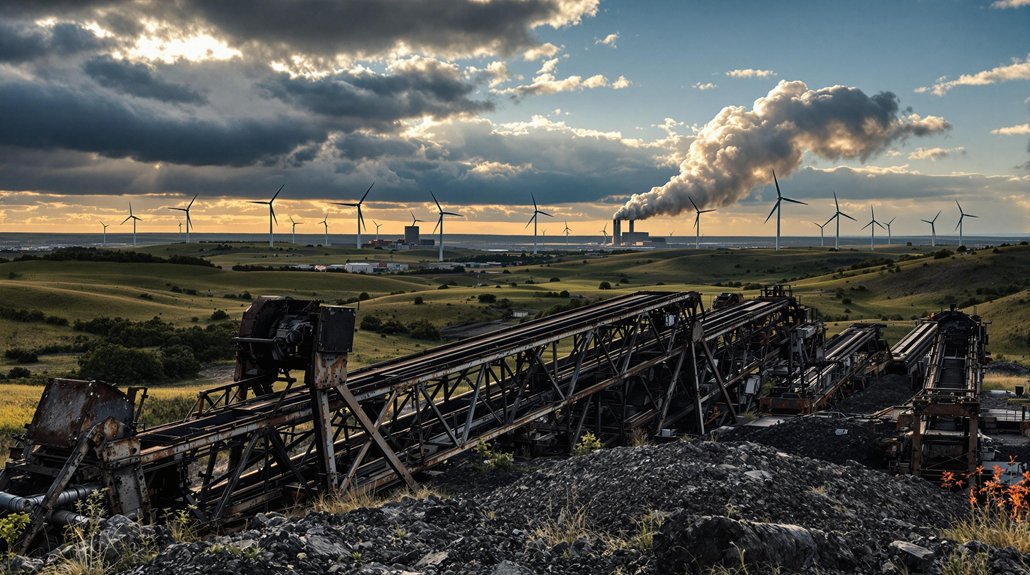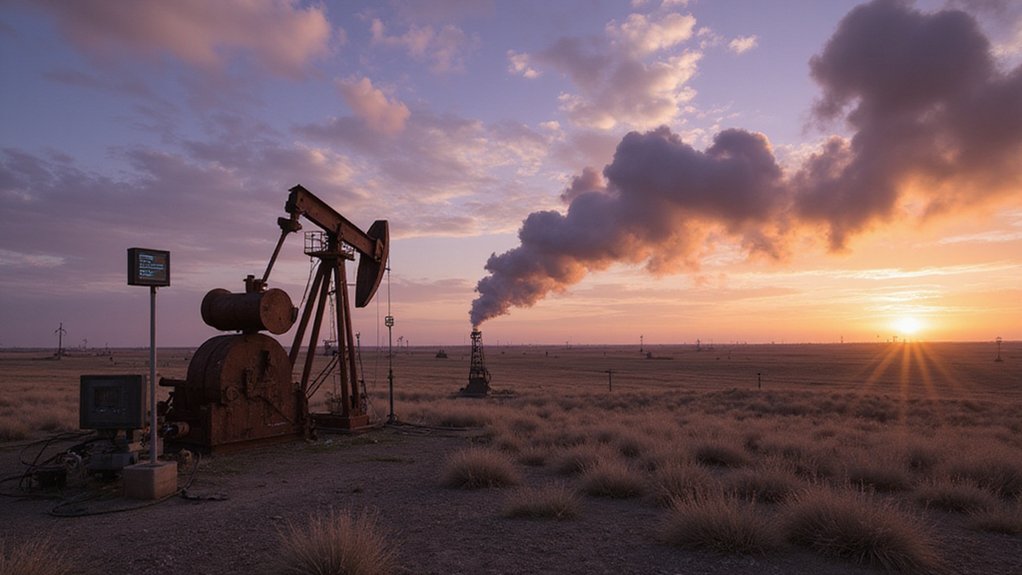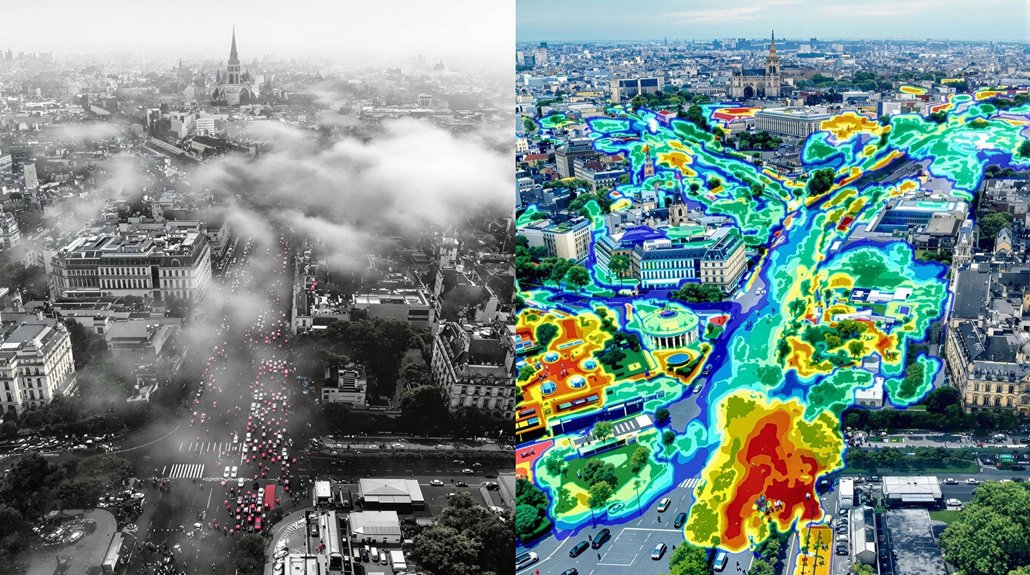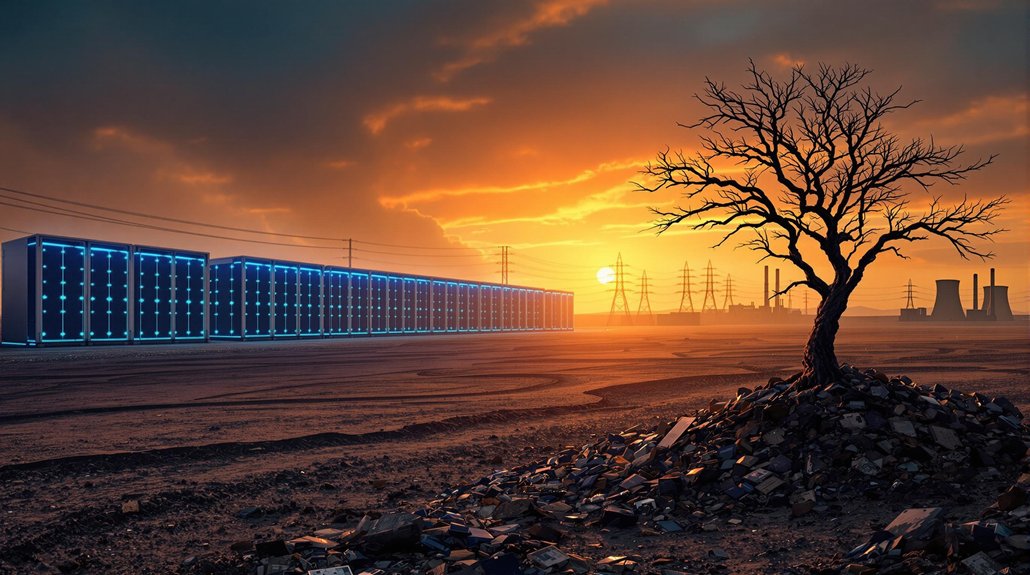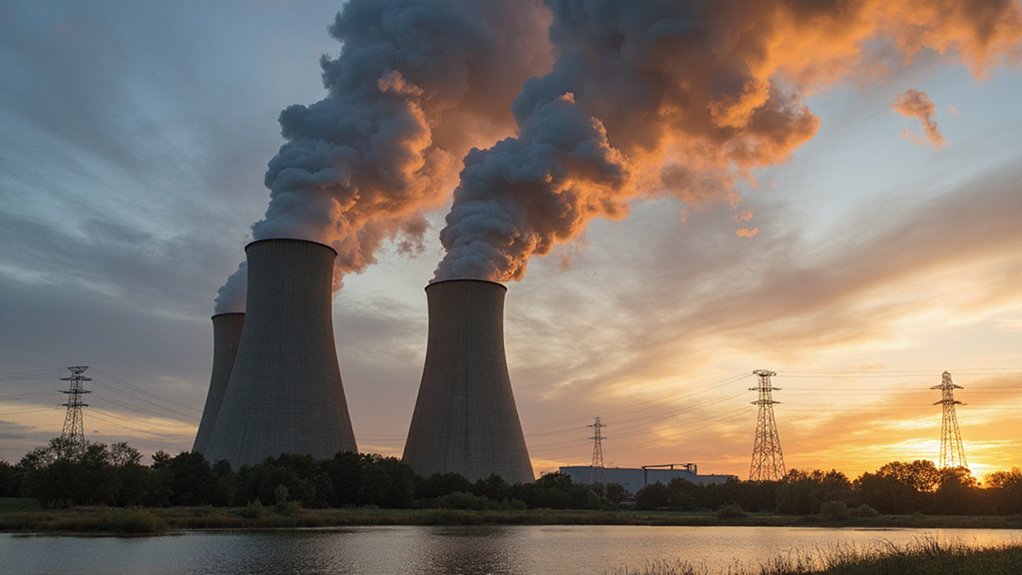America’s love affair with coal is fading fast. Employment plunged from 863,000 workers in 1923 to a measly 70,000 in 2016. The culprits? Cheap natural gas, flat electricity demand, and those pesky renewables. Politicians keep promising revivals, but even Trump’s deregulation circus couldn’t stop coal’s decline. Still, coal generates $261 billion in economic activity. Market forces, not policy, now determine coal’s fate. The environmental trade-off remains staggering.
Remember when coal mining employed 863,000 Americans back in 1923? Those days are long gone. By 2016, only 70,000 people were still working in the mines. Between 2005 and 2020, employment crashed by 54%. Ouch. Central Appalachia got hit the hardest, with forecasts predicting a 40% production decline over two decades. So much for those “coal jobs coming back” promises.
What’s killing coal? A perfect storm, really. Dirt-cheap natural gas (thanks, fracking), flat electricity demand, and those pesky wind turbines and solar panels popping up everywhere. Environmental regulations haven’t helped either. And when China stopped buying so much metallurgical coal? Well, that was just another nail in the coffin.
Sure, the coal industry still generates serious cash—$261 billion in economic activity according to recent studies. Each mining job creates 3.2 additional jobs. The industry directly employs nearly 150,000 people, creating 3.3 additional jobs per coal mining position. In rural communities especially, those paychecks matter.
But let’s get real. New coal plants cost more than natural gas or renewable alternatives. Renewable energy faces significant reliability issues that continue to necessitate fossil fuel backups during unfavorable weather conditions. Railroad deregulation made shipping western coal more economical, which is why 60% of U.S. coal now comes from western states. With recoverable reserves lasting 300+ years, America isn’t running out of coal anytime soon. But that doesn’t change the industry’s grim trajectory.
The Trump administration tried removing regulations to revive coal. Didn’t work. State policies increasingly favor cleaner energy. And there’s that inconvenient truth about coal accounting for nearly a quarter of U.S. energy-related carbon emissions.
Coal’s decline means cleaner air and healthier communities. But for those 381,000 workers and families still depending on the industry? The future looks about as bright as, well… a coal mine.
